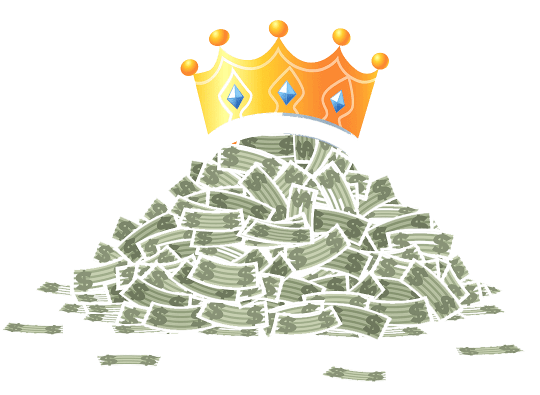Cash is king!
Cashflow determines what a business is worth. When investors put money into a company – whether it’s private, public, high tech, or old school, they want a return on their capital. Those returns come from cash the business can sustainably generate from their ongoing operations.
When I was first learning how to “read” financial statements, there was no clearly defined way to identify cashflow. Some folks included net working capital, some didn’t. We had to calculate our own cashflow statements from changes in the balance sheet and the income statement. In the late ‘80s and early ‘90s, US and international accounting boards came up with standard definitions.
Within these definitions, equity investors have some key questions: what’s the current financial return on existing assets; how much growth is it reasonable to expect, and what’s the quality of that growth; what is the business’s operational and financial risk; and are there other claims on the company’s equity?
Anything can have a valuation: a sports team, an entertainment franchise, a family business, and so on. Then the valuation, or intrinsic value, should be compared to the market value. When the intrinsic value looks like it’s at a deep discount to the market, check your figures. You may have uncovered a bargain, or it may just be a value trap, whose financial statements haven’t caught up to its economic reality. Such companies get cheaper, and cheaper, and cheaper.

The value trap: don’t take that cheese! Source: Open clip art
The key to valuation is knowing when the cashflow is sustainable and growing, and when it’s not. Declining firms can still have a positive value if they can generate cash for a while in excess of their fixed obligations. Just remember: cash is objective, valuation, with all its judgment calls, is subjective, and Mr. Market is emotional. Never put emotions in charge of your investments – or your life!





